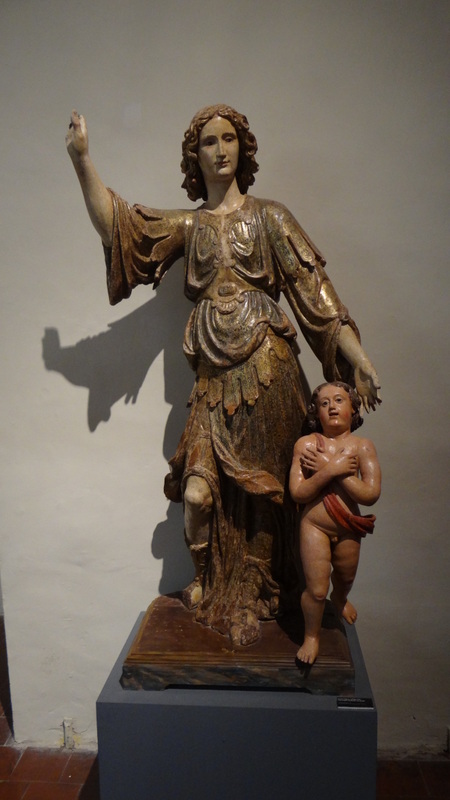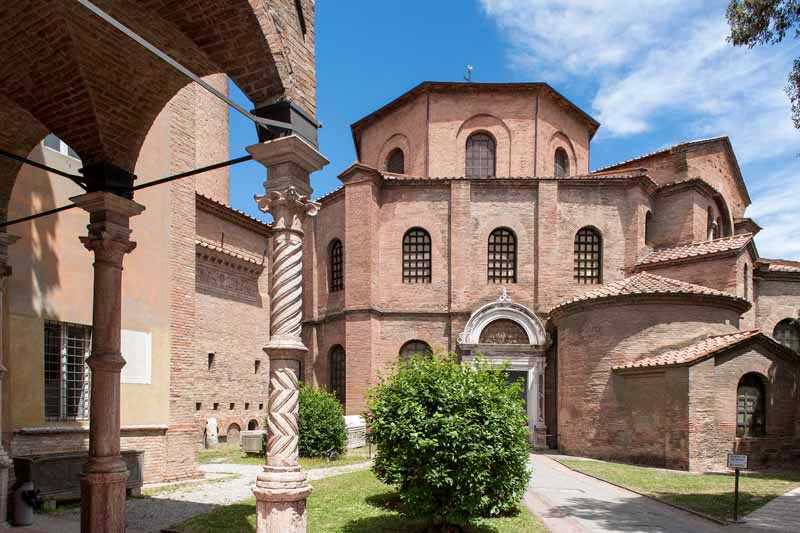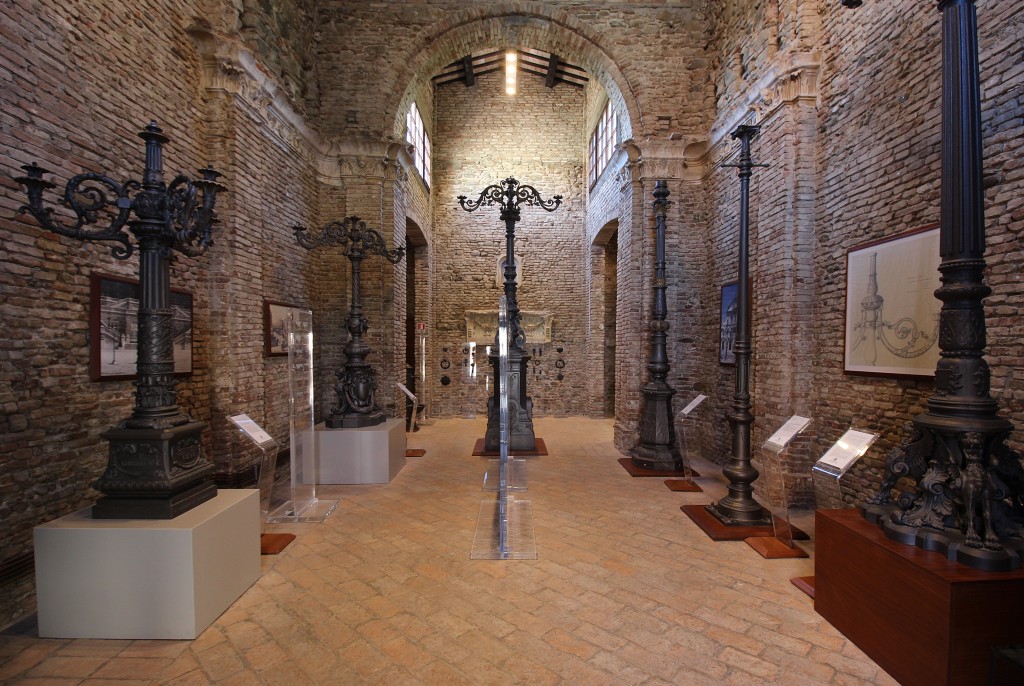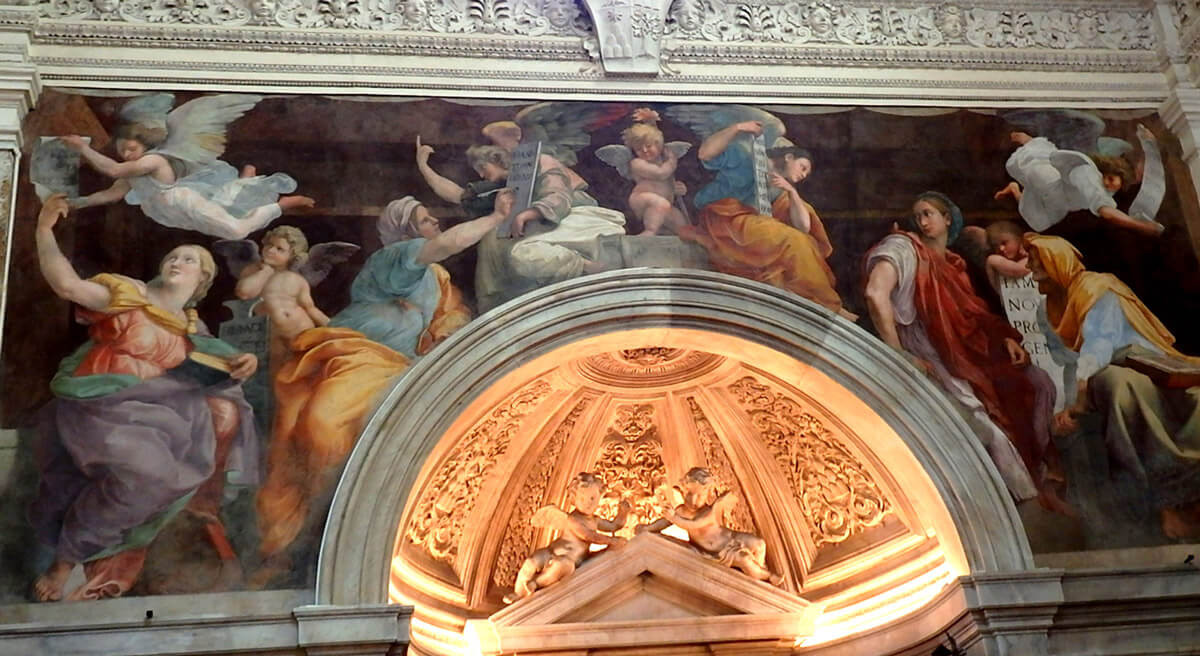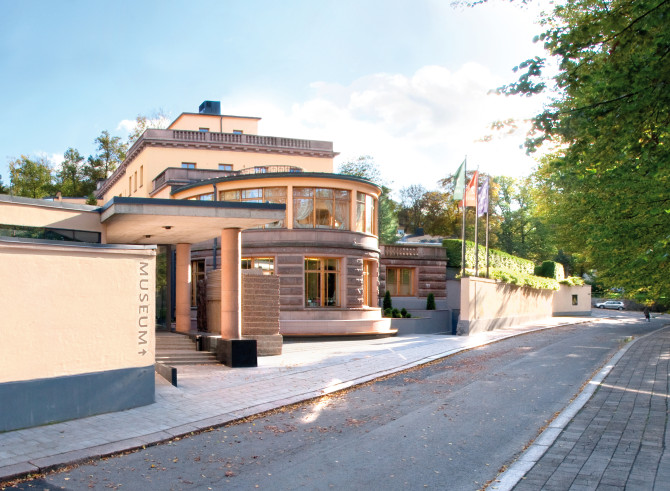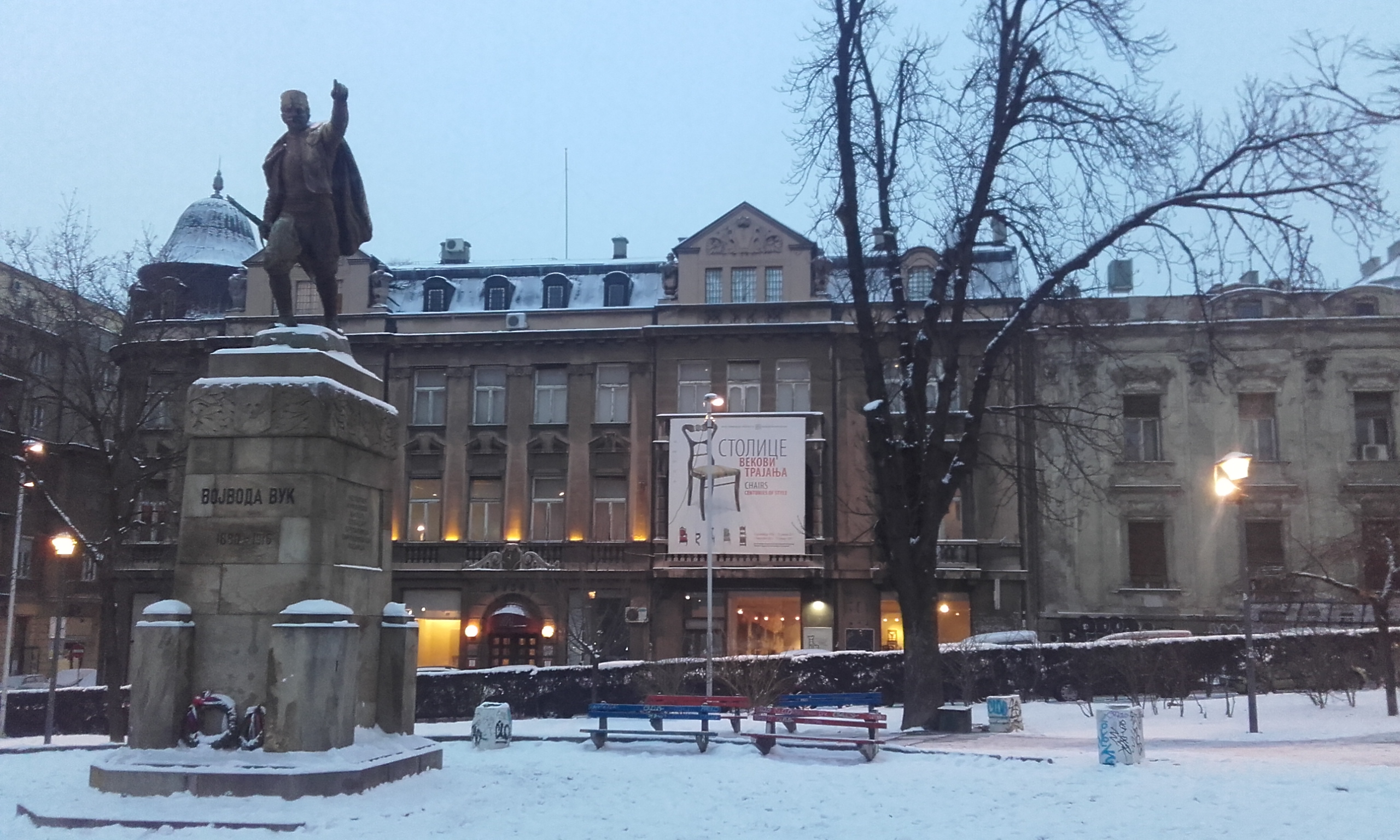THE MUSEUM
Brief historical notes
Born in 1999 and then closed in 2006, for renovation and adaptation of the environments. The new and more welcoming museum was inaugurated and reopened to the public on April 23, 2008, by Monsignor Francesco Pio Tamburrino, Archbishop of Foggia – Bovino. The realization of the museum, destined to collect, on site, the memories of the past, assumes an important and meaningful operation and presents itself as an important instrument of protection, knowledge and fruition of works and objects of notable artistic value such as paintings, statues, chalices, crucifixes, monstrances and sacred vestments, enhancing their historical and religious significance.
Architecture and layout
The project for the restoration of the castle of Bovino, one of the most interesting historical complexes of the town, and the subsequent museum layout, entrusted to arch. Michele Stasolla, have been faced assuming, as initial data, the historical and artistic value of the container and the typology of the museum itself, to create, practically, a "Museum in the Museum". This concept, which was also hoped for, if at first it posed a series of structural problems, at the same time it offered a notable stimulus to the design, precisely because of the architectural variety of the environments which, while constituting a constraint in the definition of the expositive path, allowed the best possible valorization of the materials on display and the spaces in which they would be located.
The architect, inspired by avant-garde organizational and functional concepts, addressed the issues of reception, flexible display, preservation of materials, safety, comfort and communication, providing the exhibition space with safe security systems. The large showcases, equipped with an air conditioning system with air filtering, for the perfect control of the microclimate, are organized with very flexible supports and displays and characterized by a lighting system with fiber optics and LEDs.
THE MUSEUM COLLECTION
Over the centuries, dukes and bishops, who have given life to much of the history of Bovino, have enriched the local churches with works of great artistic value, giving us the opportunity to know and appreciate the uniqueness and richness of a diocese that has seen alternating on its episcopal throne, more than seventy bishops. A history, that of the Bovinese Diocese, rhythmic in its time scansions, of which the interesting and precious museum collection, mainly composed by the Treasure of the Cathedral, is a witness and interpreter. Extraordinary and inimitable expressions of faith and devotion, among which emerge, for their particular beauty, the reliquary arm of St. Mark of the fifteenth century, the monstrance made by Pietro Vanini, of the fifteenth century, a chalice of the seventeenth century, a copper crucifix of the XIV-XV century, a cross of the sixteenth century, copes and chasubles of the sixteenth century, an episcopal cross, as well as the canvas of St. Sebastian of the sec. XVII attributed to Mattia Preti, the canvas of the Crucifixion of St. Peter of the sec. XVII and the artistic statues of St. Andrew and the Archangel, of the sec. XVII.
